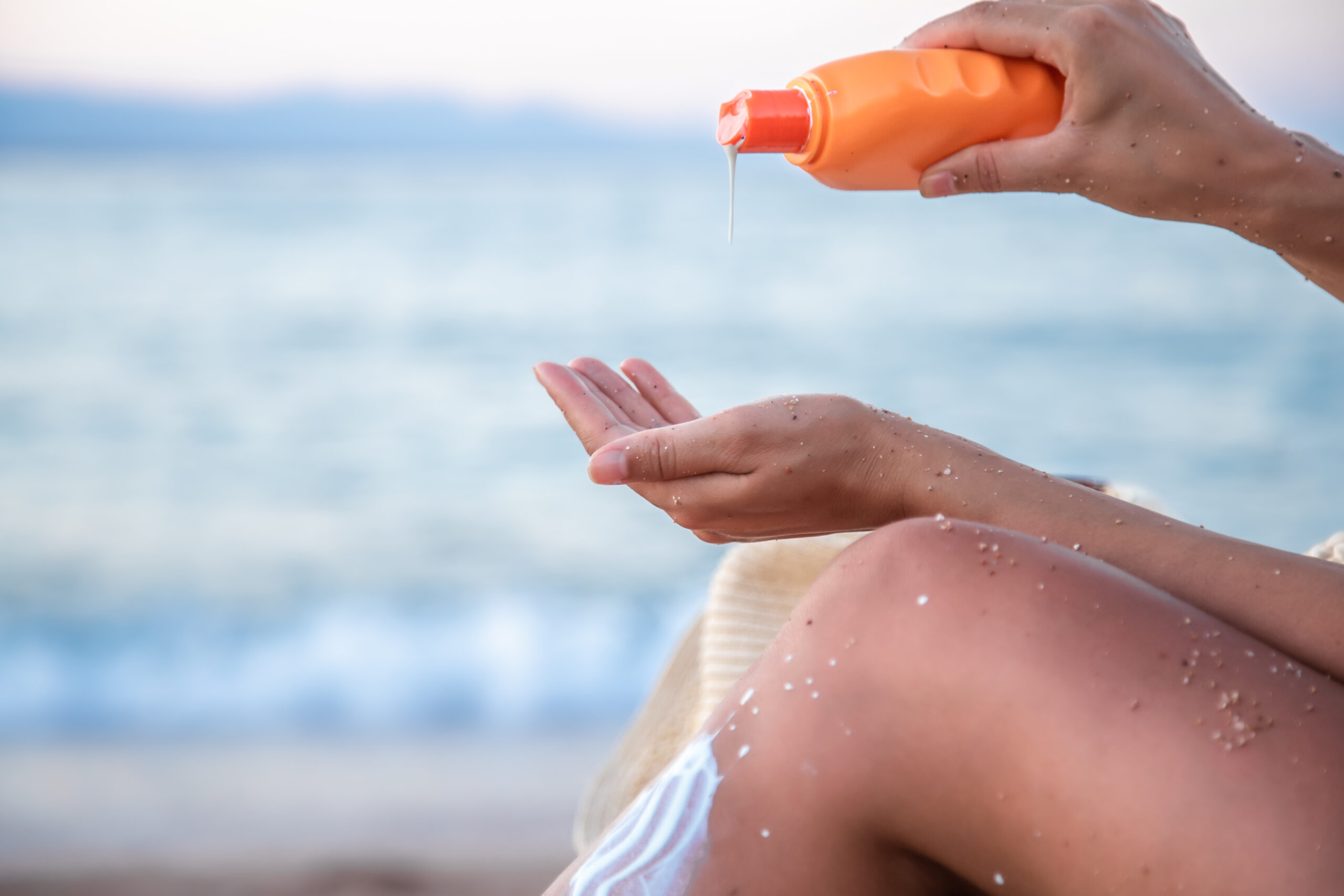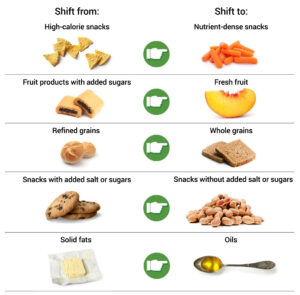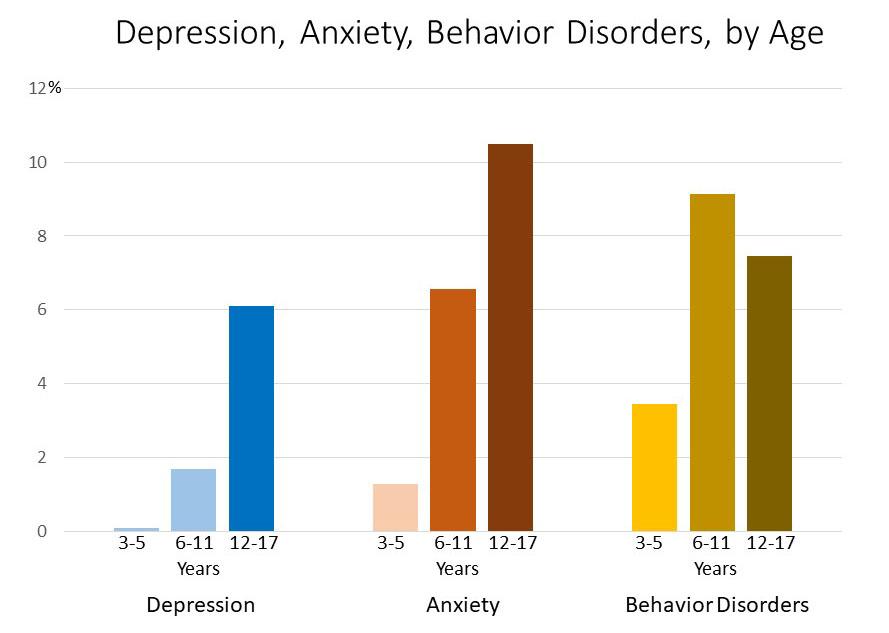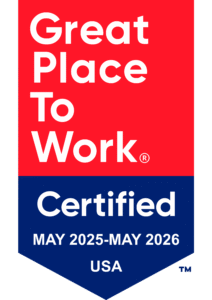Vaccines are in the news now more than ever, with COVID-19 shining a spotlight on the importance of immunizations in preventing the spread of disease. But in recent years, there has also been more resistance than in years past against getting vaccinated. Between the COVID-19 pandemic interrupting normal vaccination schedules and the growing fear and misinformation surrounding many, if not all, vaccines, society has taken one step forward in innovation…and two steps back in community inoculation. To continue protecting ourselves and our communities, let’s take a moment to understand the 5Ws (and 1H!) of vaccines.
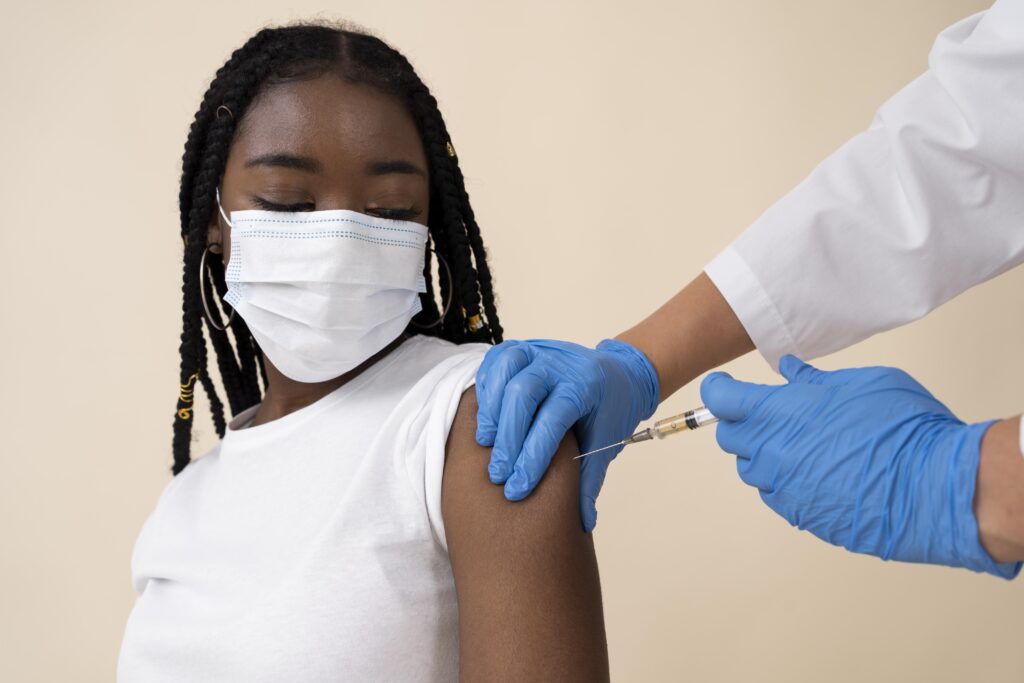
How do vaccines work?
Think of a vaccine-preventable disease as a timed math test that your body has to take, and your immune system is the tools used, like a pencil and calculator. If the test is on a completely new concept and you never studied for it, you could pass the test…but it’d be pretty tough to do. And if your immune system isn’t strong or if you have other conditions that get in the way (for the analogy, you don’t have a calculator and your pencil doesn’t have an eraser) that makes passing even harder.
Now think of the vaccine as your homework. The homework shows you more than just the answer to the problem — it shows you how to solve the problem. The homework is a simpler version than the test is so that you can understand the basics before moving onto more advanced work. It also helps you build the confidence to solve the harder problem quickly when it counts.
If you do the prep homework, there’s no guarantee that you’ll pass the graded test. But the homework gives you a much better chance of passing with flying colors, especially if you’ve got the handicap of no calculator. And even if you don’t ace the test, you could still get a passing grade.
Similarly, a vaccine doesn’t guarantee that you won’t get sick from exposure to the disease, but it does better your chances of recovering. The vaccine can help the illness symptoms be less severe and the results less deadly. By teaching your body to recognize and make antibodies in response to the vaccine, a less threatening version of the disease, you’re setting your immune system up to be able to fight off the full thing if needed.
Who should get vaccinated?
In general, anyone who can get vaccinated should get vaccinated. There are some vaccines that are not recommended in certain age groups or situations. Shingles vaccine, for instance, is not recommended for healthy adults under the age of 50, and the chickenpox vaccine shouldn’t be given to pregnant people. On the flip side, there are some vaccines that are especially recommended during pregnancy. The flu vaccine and Tdap antibodies from the mother will be passed along to the newborn if she is vaccinated while pregnant. This transfer protects babies from the disease when they are still too young to receive the vaccine themselves.
By getting vaccinated if you can, you are protecting the people who can’t get the immunizations. There are several factors that can prevent a person from getting the vaccine beyond not meeting the age or condition requirement. This could include an allergy to an ingredient or a weakened immune system that can’t fight off even minor reactions as the body learns to recognize the infection and form antibodies.
Why should I get vaccinated?
Are you tired of dealing with the spread of rubella? Worried about the crippling effects of polio? Missing too many days of work because of a diphtheria outbreak? Thanks to vaccines, the answer to all of these is generally no. There are many contagious, draining, and even fatal diseases that have been practically eliminated in many parts of the world through vaccines.
But as vaccines have become more misunderstood in recent years, we have seen an increase in cases of diseases that had previously been approaching eradication. When the COVID-19 pandemic hit, many people fell behind in regular health check-ups; this caused many people’s vaccine schedules to fall behind.
As more people miss or pass on vaccines, the less we as a society are protected from the full disease. Very few diseases have been eradicated, which means that they can make a comeback if protections aren’t in place. Vaccines aren’t 100 percent effective, but they can still lessen the impact of the disease. Further, the times where the vaccine does work completely helps stop the spread of the disease to others who may not be able to get vaccinated or fight off the infection with or without the vaccine.
What vaccines should I get?
There are a lot of vaccines out there, and it can be hard to keep track of which one should be administered when — and that’s before factoring in new developments to improve protection or to address new diseases (like COVID-19). That’s where a vaccination schedule comes into play.
The schedule is especially full for children. The first vaccination schedule was officially established in 1995, but the basis for the recommendations began back in the mid-1800s when Massachusetts public schools required vaccination against smallpox. Today, there are 11 different vaccines that are recommended for babies 0 to 15 months; some of these vaccines require multiple doses over several months or even years.
As children grow into teenagers, it’s easier to fall behind in vaccinations simply due to less wellness check appointments. While it’s hard to miss seeing a flu shot reminder, other immunizations are easier to overlook. Some of these immunizations are boosters of what was received as a small child, like the Tdap vaccine. Others, like the meningococcal and human papillomavirus vaccines, are recommended to start in the early teenage years. Without vaccination, these bacterial and viral infections can have serious consequences if contracted, including but not limited to brain damage, loss of limbs, cancer and death.
Beyond 18 years of age, there isn’t a set schedule recommended, but that doesn’t mean that adults don’t need vaccines anymore. Continuing to get the annual flu shot and the tetanus boosters at the recommended interval is important, as is staying up to date on new vaccines that come out.
There are a handful of vaccines that are recommended specifically for adults. The shingles vaccine is recommended for those 50 years or older. The pneumococcal vaccine is recommended for those 65 or older. Both also have several health conditions that would lead to a younger person getting the vaccine.
Keep in mind that these vaccines are all for disease prevention within the United States. If you are traveling, there are additional vaccines that are recommended if not required. Some countries require travelers to be vaccinated against yellow fever before entering their borders. Other vaccines, including typhoid and rabies vaccines, are just recommended by the CDC or the country.
When should I get my vaccines?
Most vaccines are available year-round, which means that people can get the protection they want whenever they’d like. The flu vaccine, meanwhile, is only readily available part of the year and is recommended for an even smaller window. Though many organizations begin offering the flu vaccine as early as August, waiting to get the vaccine until late September or even late October can offer a person more protection when the virus is most often circulating in North America.
Outside of the regular Tdap booster schedule, the vaccine is recommended in another season…the season of new life. Soon-to-be mothers should get the vaccine to pass on antibodies to fight off whooping cough (the “p” of Tdap); other adults that plan to be around babies should also get the vaccine.
Travel vaccines are another area where timing matters. To allow the vaccines to have their best chance at preventing the illness, you should give yourself a few weeks usually between inoculation and traveling. Compared to the more common flu, shingles, and Tdap vaccines, travel vaccines may not be as readily on-hand, so extra planning is a must.
Where can I get vaccinated?
The more common vaccines, like seasonal flu, shingles, pneumonia, and Tdap, are also available at the most places. Others may not be on-hand on a walk-in basis, but many places can request it on a pretty short timeline (sometimes even next day). Children’s vaccine schedules are generally taken care of by their pediatrician.
Here at our pharmacies, we offer most vaccinations and immunizations daily, with no appointment needed. We provide influenza (seasonally), pneumonia, shingles, hepatitis A, hepatitis B, diphtheria, tetanus, pertussis and meningitis vaccinations for ages 7 and over without a prescription. We can immunize under age 7 with a doctor’s prescription. We are also only a phone call away if you want to check your eligibility for certain vaccines or if you have any other questions.
We also offer COVID-19 vaccines. Please visit our COVID-19 Vaccine page to check which vaccines are available and how the location nearest you is handling these vaccines. We also offer COVID-19 testing, if you think you have been recently exposed.
Sources:
https://www.cdc.gov/vaccines/pregnancy/vacc-safety.html
https://www.cdc.gov/vaccines/schedules/hcp/imz/child-adolescent.html
https://historyofvaccines.org/getting-vaccinated
https://wwwnc.cdc.gov/travel/page/travel-vaccines
